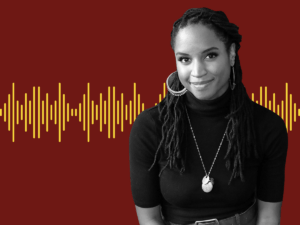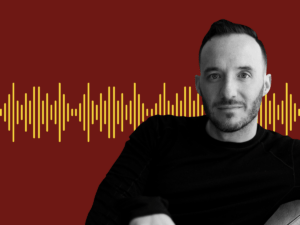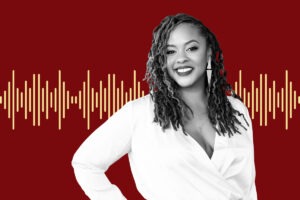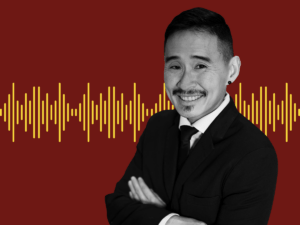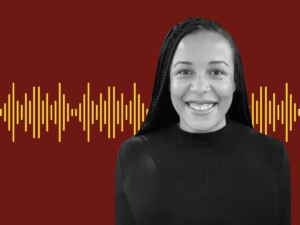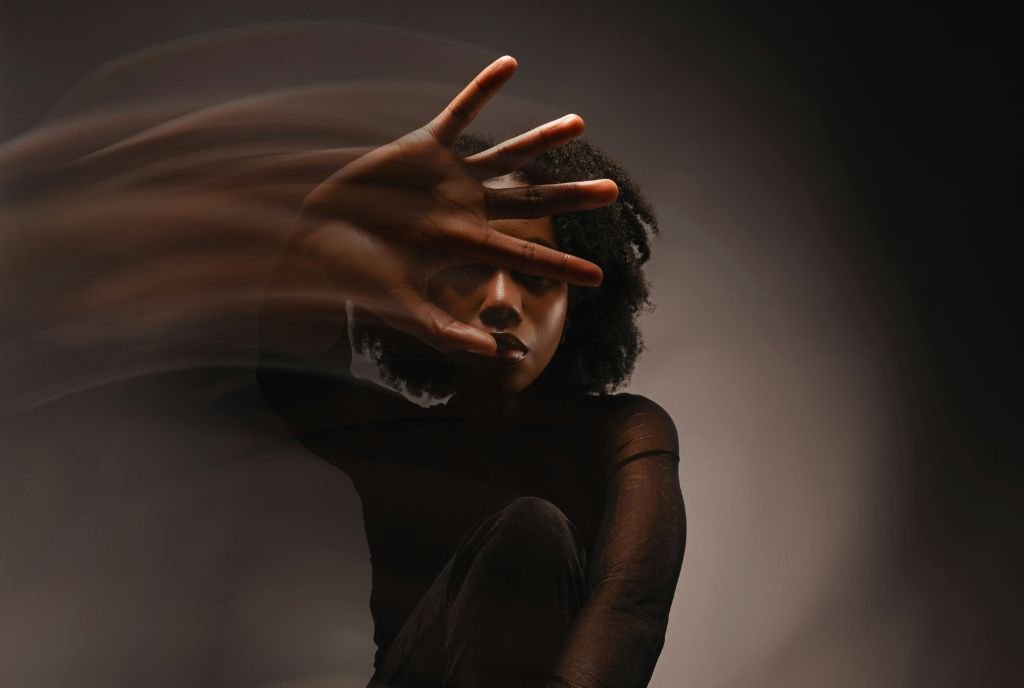
July 26, 2020; Business Insider and the New York Times
It is time for a new school year to begin, and we are left wondering how schools can safely play their broad roles as educators, childcare and social service providers, and supporters of healthy social development while still protecting children, teachers, and families from an aggressive, deadly virus. A growing number of parents have come to the conclusion that what schools cannot do, they can do themselves. By joining their families in small groups to create “pod schools,” they will try to provide full-time, in-person learning without the risks and downsides of the plans schools are offering.
Education writer Jennifer Berkshire told Business Insider she understand why parents may be pushed to take their children’s schooling into their own hands. “If you’re in a place where the virus is really rampaging,” she says, “how much faith are you going to put in your elected officials that they even care about safety in school?” Given the chaotic way the nation has managed the pandemic, and the difficulties schools faced in quickly adapting their programs to a new reality this spring, trust may be hard to come by.
On an individual, family-by-family basis, parents are acting in their children’s best interests. But, seen from a wider perspective, this just one more expansion of “school choice,” an effort designed to destroy public education and support racial inequality. As educational sociologist Dr. L’Heureux Lewis-McCoy tells the New York Times:
What most families do is, they start from a place of self-interest. They say, “all right, I’ve got to figure out what’s best for my family, got to figure out what’s best for my child.” And the families who have greater sets of resources usually use those resources to hoard educational opportunities. The truth of the matter is, we’re staring down the barrel at something that is going to divide and widen the gaps between kids.
Berkshire fears the harm could be very deep, even leading to the end of our system of public education. “One of the things that the pandemic did was just reveal the unbelievable inequity among students. I see school choice as throwing gasoline on that.”
Proponents of school choice have seen the COVID-19 crisis as too good an opportunity to miss. Rather than increase funding for public schools so they can respond effectively, Senators Lamar Alexander (R-TN) and Tim Scott (R-SC), both longtime supporters, recently proposed the School Choice Now Act to “provide emergency funding for scholarship-granting organizations that would give families direct educational assistance—including for private schools and homeschooling. Parents would get to choose what type of school their child attends.”
Sign up for our free newsletters
Subscribe to NPQ's newsletters to have our top stories delivered directly to your inbox.
By signing up, you agree to our privacy policy and terms of use, and to receive messages from NPQ and our partners.
In comments provided to Business Insider, Senator Scott explained his rationale benignly. “While distance learning has proven effective in some places, concerning gaps in quality and access to learning have emerged. As some schools and districts struggle more than others to address the challenges at hand and deliver student-oriented solutions, working families deserve options. We must ensure that all children have access to the necessary resources and opportunities—especially education—to live a successful life.” Senator Alexander came much more directly to the point—expanding private schools at the expense of public education: “All parents, regardless of income or circumstance, should be able to decide which school best meets their child’s needs, whether that school is public or private. The School Choice Now Act provides scholarships…and gives…students a new opportunity to attend private schools.”
Governors in two states, South Carolina and Oklahoma, have also tried to move COVID-19 relief funding away from public schools.
The pod schools are solving a real problem, but homeschooling and private schooling are not the only solutions. Public schools, the kind most children attend, could rise to the challenge if we provided the resources they require. But even as bills to fund private schooling advance, efforts to add new federal support remain stalled in the Republican-controlled Senate.
Public schools reflect the diversity of our communities. As flawed as our efforts at integration have been, public schools cannot avoid their responsibilities to all students. Because private schools do not have that obligation, they become truly inclusive only when they choose to do so. Those harmed by the further weakening of public schooling will be the poor and struggling middle class who have neither the money nor the time to seek a private school solution. English-language learners and other students who need individualized education plans may also find themselves left on the doorstep.
Even liberal-minded parents who want a comprehensive educational experience for their children will struggle to make private schools, whether pod or traditional, meet that mark. Alexis Kushner de la Peña, a mother of a five-year-old, shared her experience in a group of pod schoolers with the Times.
“I noticed that the parents seemed to have nice careers, spoke English, and their children didn’t look particularly diverse,” she says. So, in a post to a San Francisco area Facebook group, she wrote, “We should all think about how pods might further the gap between our students. Families of underserved communities might not be engaging on Facebook, might not speak English, might not have means to pay, to drive, etc.”
Pod schools, like charters and open-minded private schools, are the right choice when evaluated from an individual perspective. But they fail when we are concerned about our children as a whole. COVID-19 has given use a unique set of challenges. We can meet them without destroying a vital part of our society.—Martin Levine



